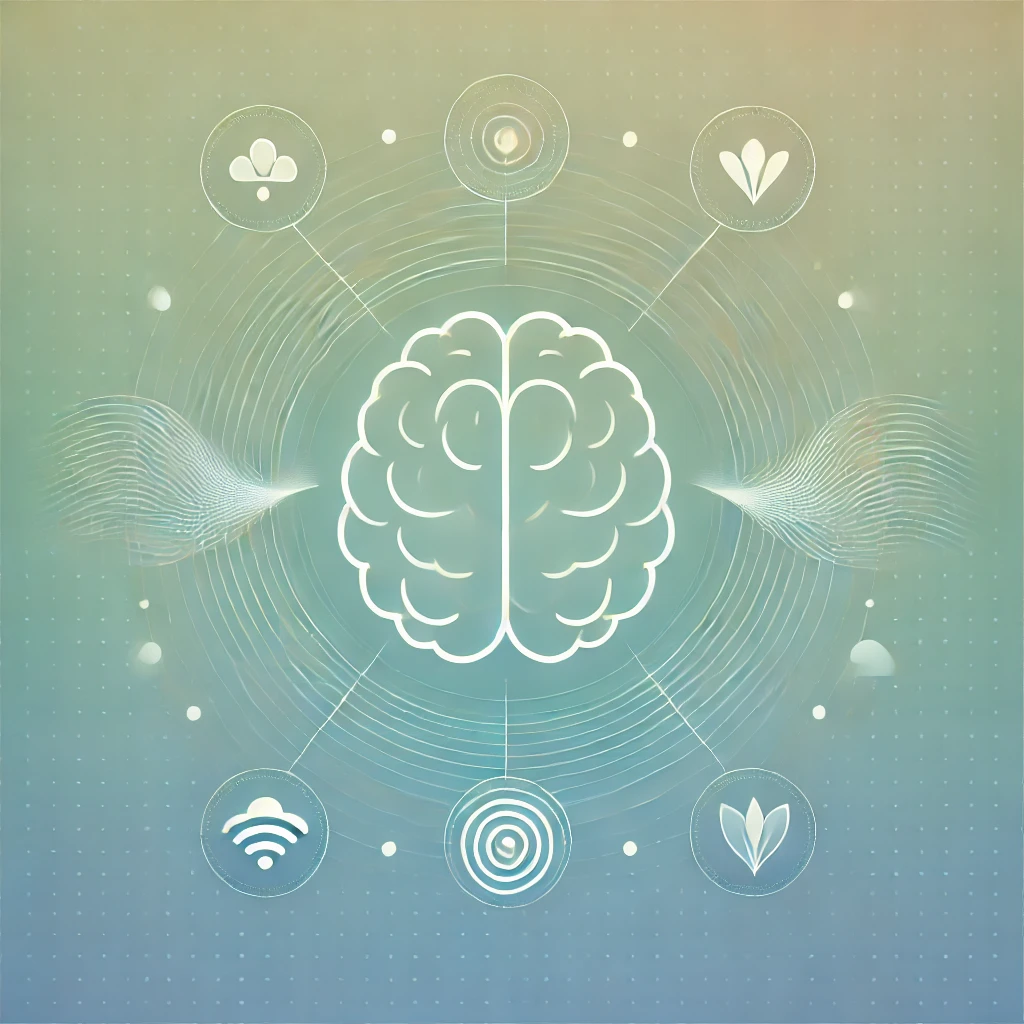Introduction to Neurofeedback Therapy
Neurofeedback therapy, also known as brainwave training, is an innovative approach to improving mental health by retraining the brain. Through specialized techniques, neurofeedback offers individuals a natural way to manage and enhance their cognitive functions, mental well-being, and overall quality of life. But how does this therapy work, and what makes it effective?
Understanding Neurofeedback: A New Approach to Mental Health
Neurofeedback therapy uses advanced technology to monitor and train the brain’s electrical activity. By focusing on specific brainwave patterns, neurofeedback provides insights into how an individual’s brain is functioning and helps them learn how to improve or modify certain responses. Neurofeedback is used for various mental health conditions, including anxiety, depression, ADHD, and sleep disorders.
How Does Neurofeedback Therapy Work?
1. Brainwave Monitoring and Assessment
Neurofeedback therapy begins with an initial brainwave assessment. Using electrodes placed on the scalp, the system records brain activity and provides a baseline of brainwave patterns. This step helps professionals identify any irregular patterns associated with the symptoms being treated, allowing a customized approach to therapy.
2. Training the Brain through Feedback
During a typical session, the patient is seated comfortably while their brainwave activity is displayed on a screen in real time. When the brain produces desired patterns, the patient receives positive feedback, which might include sounds or visual cues. This feedback teaches the brain to replicate beneficial patterns, gradually reinforcing improved brain function and reducing symptoms.
Benefits of Neurofeedback for Mental Health
- Non-Invasive and Drug-Free: One of the primary advantages of neurofeedback therapy is its non-invasive and drug-free nature. Unlike traditional mental health treatments, neurofeedback does not rely on medications, making it an appealing option for those looking to avoid pharmaceuticals.
- Customized Treatment for Various Conditions: Neurofeedback therapy can be tailored to address a wide range of mental health issues. Research shows positive effects on conditions like ADHD, anxiety, PTSD, and even chronic pain. Since each brain is unique, neurofeedback sessions are adjusted to meet individual needs, making it a versatile therapy option.
- Improves Cognitive and Emotional Well-being: Neurofeedback is effective in enhancing cognitive functions such as memory, focus, and emotional regulation. It provides an opportunity to develop a more resilient mental state, improving the patient’s ability to handle stress, process emotions, and maintain focus.
Is Neurofeedback Right for You?
While neurofeedback offers promising results, it’s essential to consult with a qualified mental health professional to determine if it’s the right fit. Patients often begin to see changes after a few sessions, although the full benefits of neurofeedback may require multiple visits over time.
Neurofeedback Therapy in Orange County
In Orange County, neurofeedback therapy is gaining popularity as an alternative mental health treatment. With increased awareness of mental health and the benefits of drug-free therapies, many residents are exploring neurofeedback as a path to improved well-being. The therapy is accessible to individuals looking to reduce reliance on medications or seeking an additional approach to their mental health routine.
Final Thoughts: The Transformative Potential of Neurofeedback
Neurofeedback therapy is changing lives by offering a unique and natural approach to mental wellness. For those seeking alternative ways to manage symptoms and enhance their cognitive abilities, neurofeedback presents a powerful option. By training the brain to function at its best, individuals can experience lasting improvements in mental clarity, emotional balance, and overall quality of life.

